Posted By
Clint Lawrence, founder of Motorcycle Shippers. Helping give riders more freedom to enjoy the bikes they love. [email protected]
When you picture motorcycles on a golf course, the first thing that comes to mind is probably something like this video: a rider ripping up the green, wreaking more than a bit of havoc. But in the near future, golfers might be seeing a lot more two-wheeled vehicles on the links.
At the PGA Demo Show Day earlier this year, a number of motorized single-rider scooters made their big debut, gaining a lot of traction for their potential to infuse some much-needed speed and sense of adventure into a historically slow-moving sport. Here’s a quick primer on the rise of scooters and motorbike-style rides in the world of golf.
Two-wheelers hitting the links
Golf carts are typically designed to zip around the course at between 12 and 14 mph maximum speed. The slow speed and overall inefficiency of “hole to hole” transport has been holding back the golfing community for ages, leading to plenty of complaints on the green—and even more “DIY” approaches for making existing golf carts go faster, legally. (Why legally? Because every state has a different law for just how golf carts can be modified, and how fast they can go.)
Simply put, sharing a ride with another golfer, and potentially having to zig-zag around the course because of it, is pretty inefficient. It’s even led some to claim that the golf carts of the past will soon go the way of the dinosaur. Why? Because electric scooters and motorcycles are delivering more speed, more efficiency and a better pace-of-play overall.
One of the most talked-about electric golf cart alternatives is the FinnCycle, the brainchild of Sun Mountain Sports, the same company that brought the golf world built-in legs on golf bags. The FinnCycle electric scooter claims to shave an hour off a round of golf by getting players from one hole to the next faster. Although it tops out at 15 mph, the scooter allows for much more agile maneuvering than four-wheeled golf carts, with the major advantage of each golfer going solo to his or her ball. And where do the clubs go? They attach right to the front of the scooter.
For golfers who have never operated a scooter before, let alone a motorcycle, the creators have lessened the learning curve. Golfers can control the pedal-free scooter with a thumb throttle and hand brakes. At 80 pounds, the ride uses low-pressure tires—the back tires have turf tread—to deliver the desired traction without damaging the green.
Although the FinnCycle might make golf course transportation look and feel easy, Sun Mountain Sports’ CEO said creating it was anything but. They started out with a three-wheel tilt scooter but couldn’t get the suspension quite right. After building out a complete prototype for a four-wheel standup scooter, they realized two wheels was the way to go.
Meanwhile, the Phat Scooter—named for its fat, cruiser-style tires—is also hitting the green. But unlike the FinnCycle, this ride is actually street-ready (if you stick to the bike lane). Topping out at 20 mph, the Phat Scooter rides like a bike-scooter hybrid. Complete with a USB charger, a built-in cooler, a place in the back for your golf bag and a spot especially for keeping balls, tees and scorecards, the Phat Scooter is designed to meet the unique needs of golfers.
But does all that make for a comfortable ride? Just ask PGA Pro Pat Perez, who says using the Phat Scooter is “like riding a couch.”
Over in Sweden, Eduard Gray has launched the Ellwee, a four-wheel ATV-inspired golf course vehicle with specialized features like a downhill brake. It claims to increase the speed of completing a round by 25% while delivering the lowest rate of wear and tear.
But are they really ‘motorcycle-style?’
As these golf cart alternatives appear more frequently on the green, there’s been talk of them delivering “fairway freedom.” One article even said the FinnCycle “lets you channel your inner Steve McQueen,” pairing the headline with an image of someone from Sun Motor Sports ‘popping a wheelie’ on the scooter. But although riders can relate to the thrill of the open road, it’s impossible to compare these golf course scooters to motorcycles themselves. (And as some forums share, these rides also remove the barrier between golfer and the elements, which might be an undesirable reality of riding that many golfers aren’t quite ready to embrace just yet.)
Will there soon come a day when the icon Caddyshack-style golf carts disappear from greens altogether? And will these golf cart alternatives continue to evolve from their current scooter-esque functionality and get closer to delivering the experience we know so well as riders?
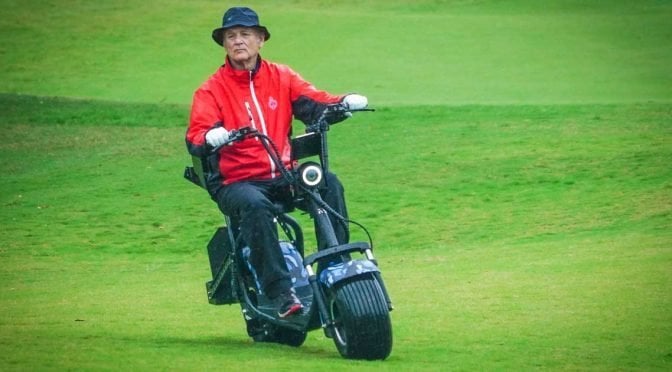

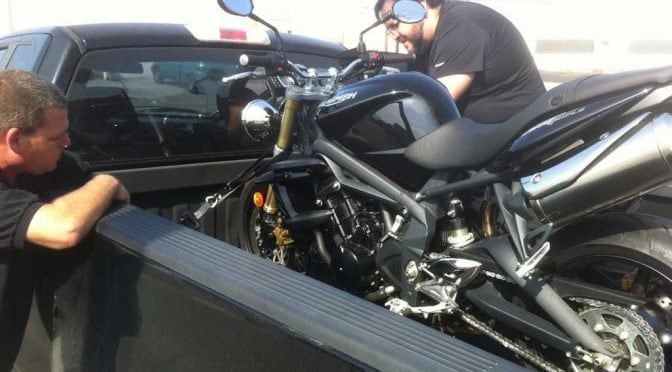

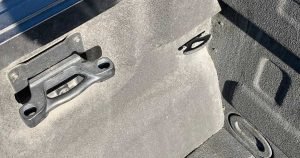
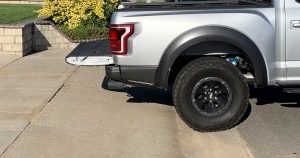
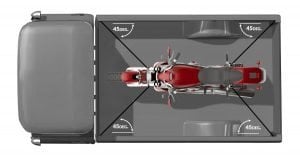
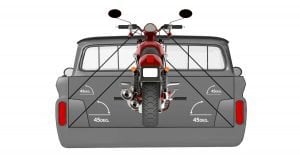
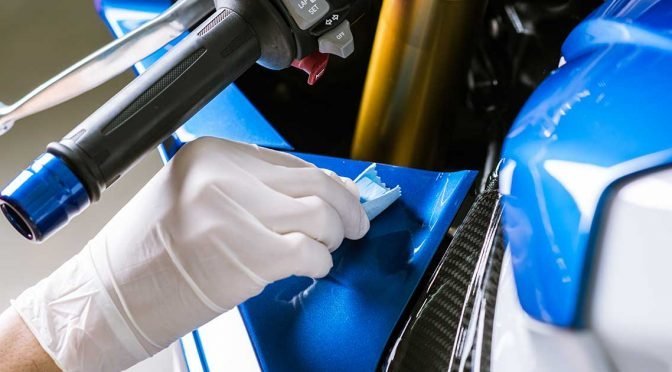
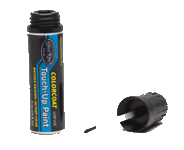
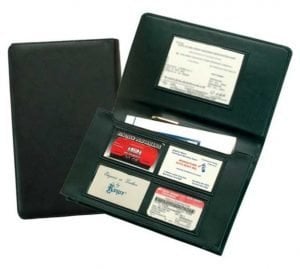
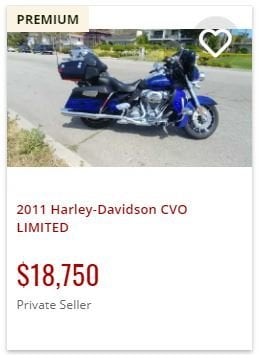
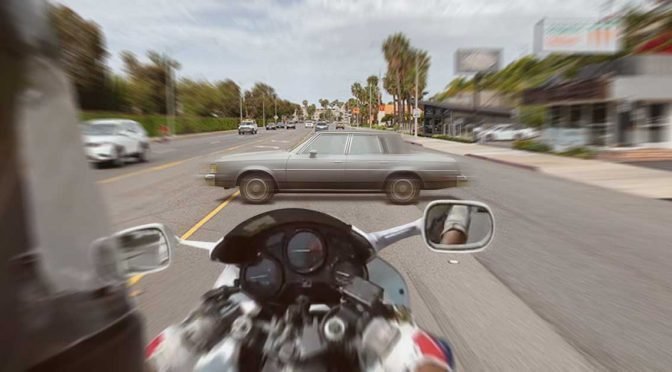
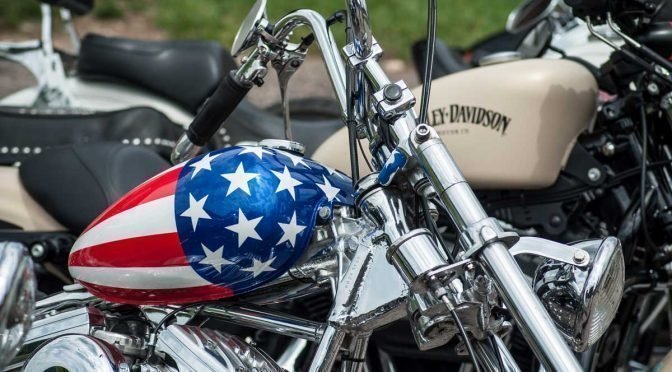
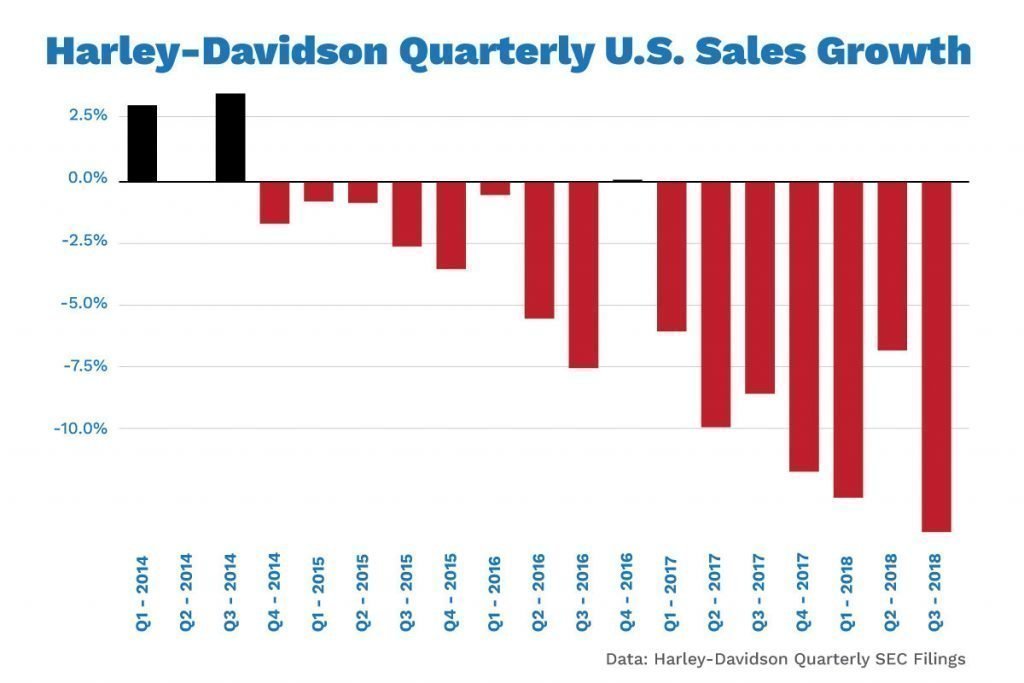

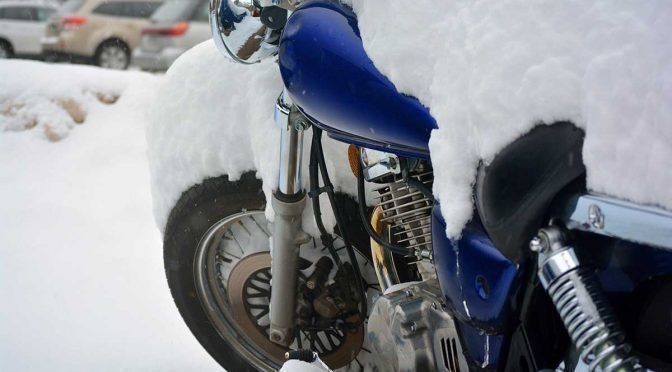
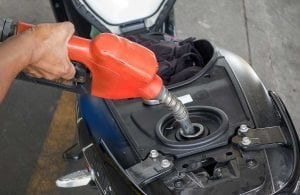
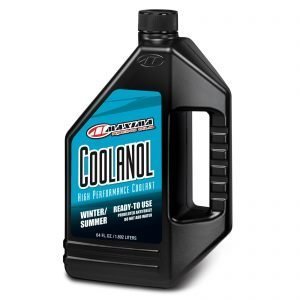 chain lubricated more easily and ensures it’s protected from salt and rust.
chain lubricated more easily and ensures it’s protected from salt and rust.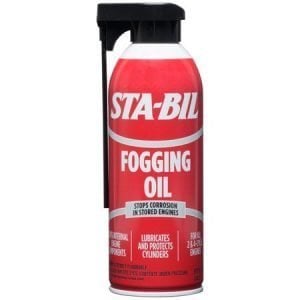
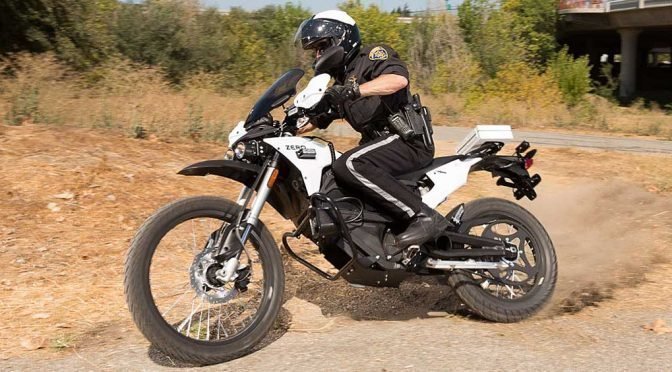
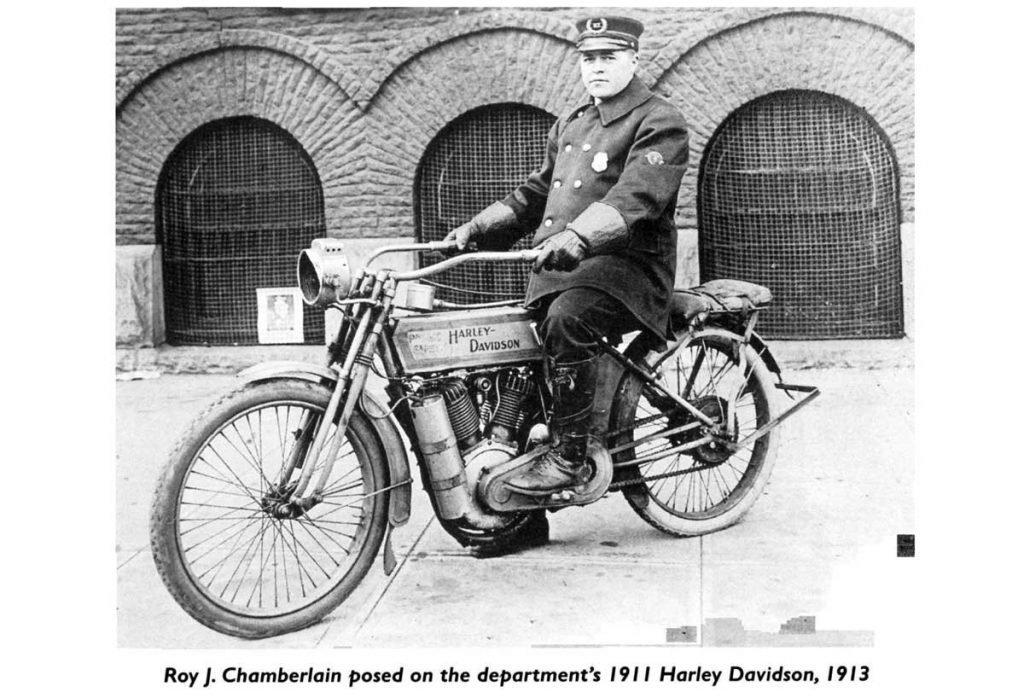
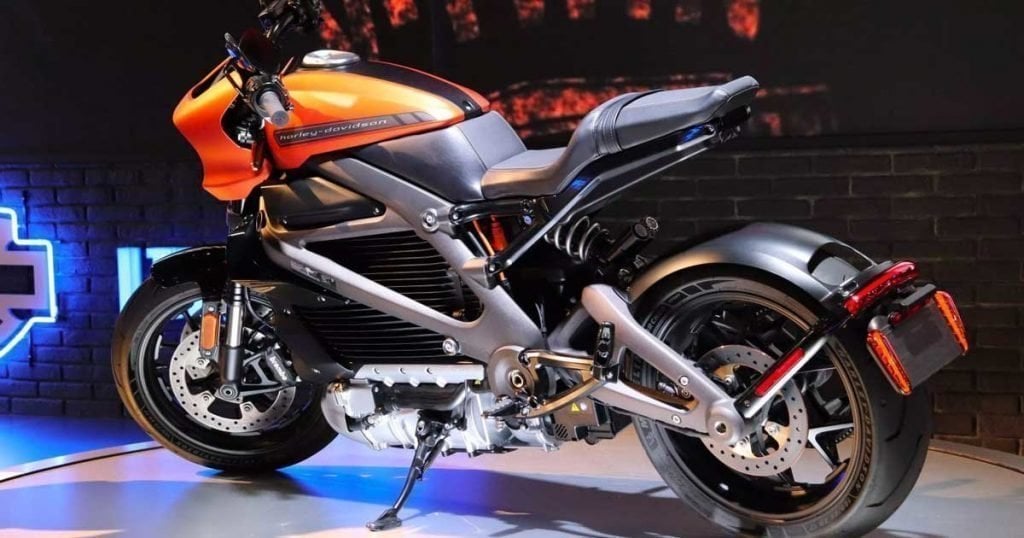
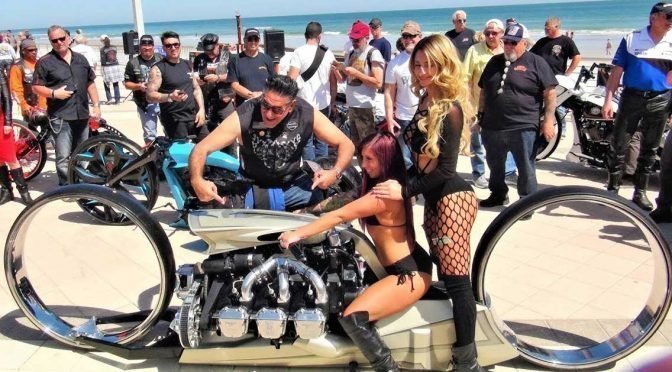

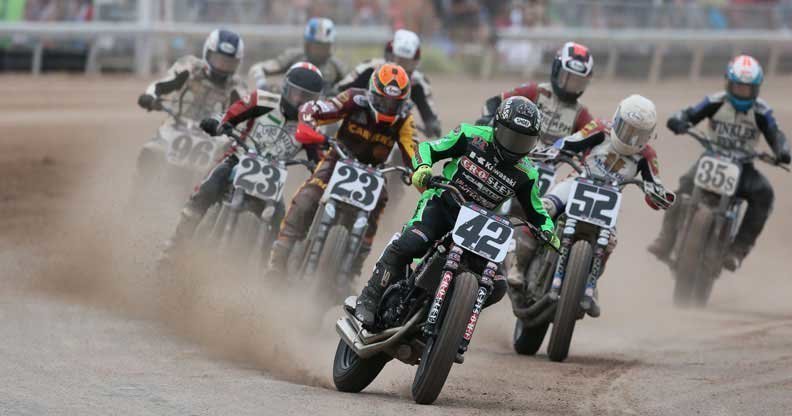
![3 Must-See Motorcycle Technologies from CES 2019 [Video]](https://motorcycleshippers.com/wp-content/uploads/2019/01/hover-bike-672x372.jpg)
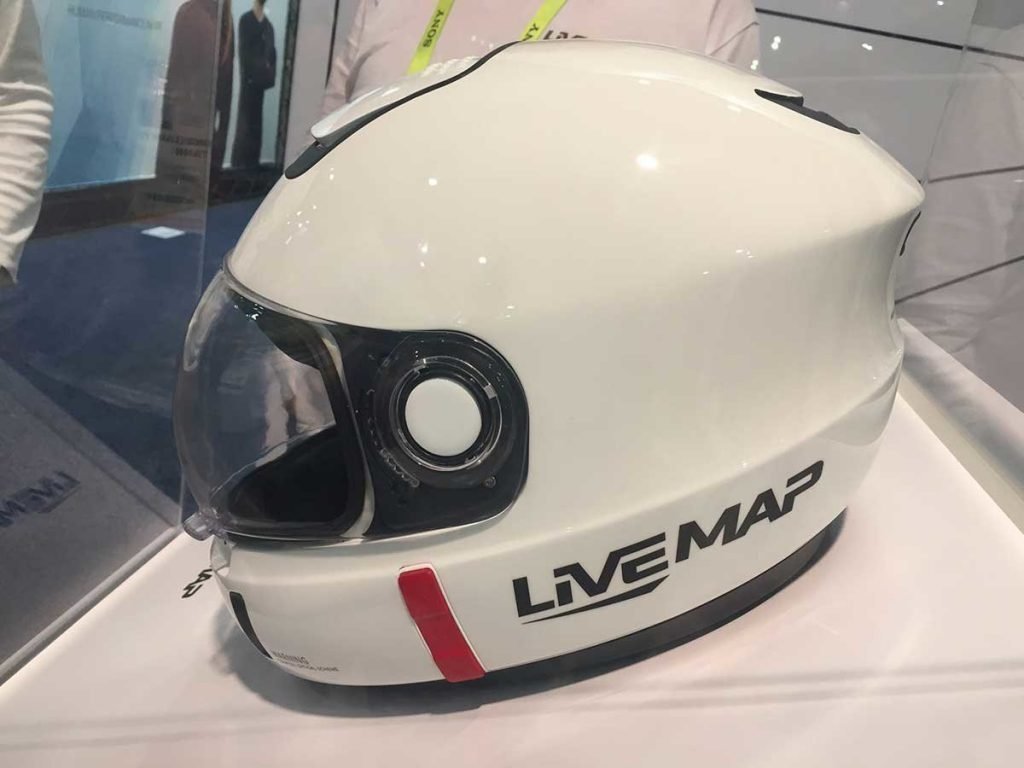
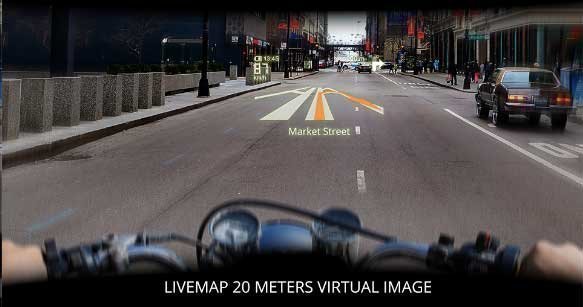
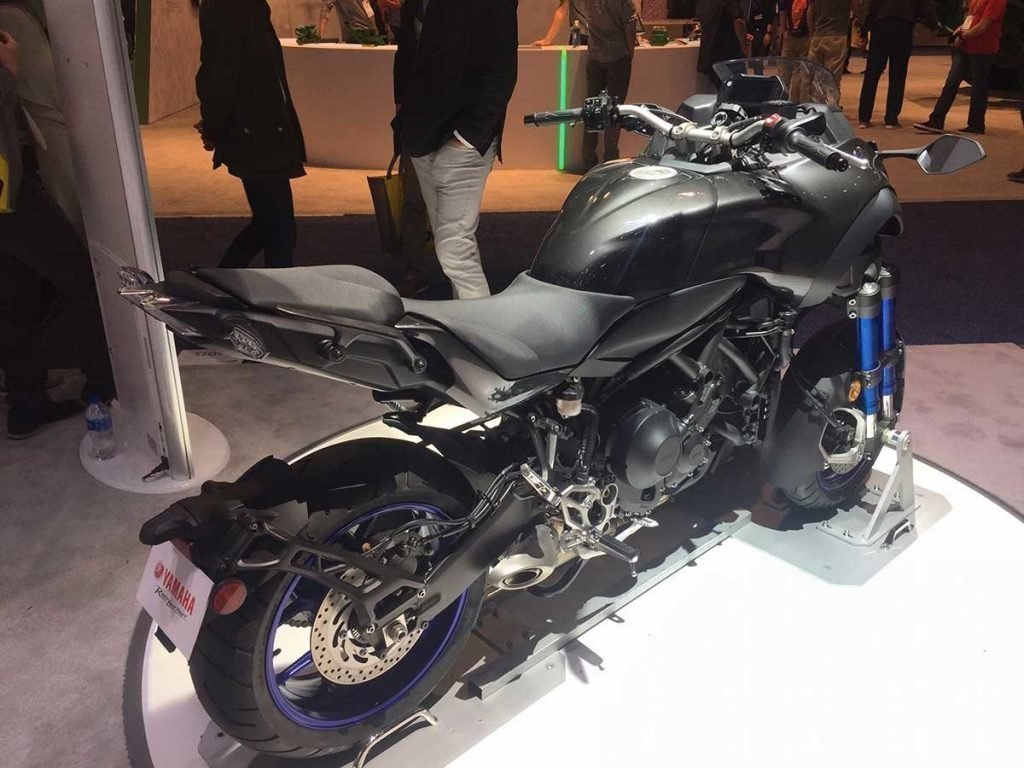
![Capture the Fun of Your Next Motorcycle Ride | 2020 Tips [Video]](https://motorcycleshippers.com/wp-content/uploads/2019/01/Motorcycle-Rider-Sees-Bears-672x372.jpg)